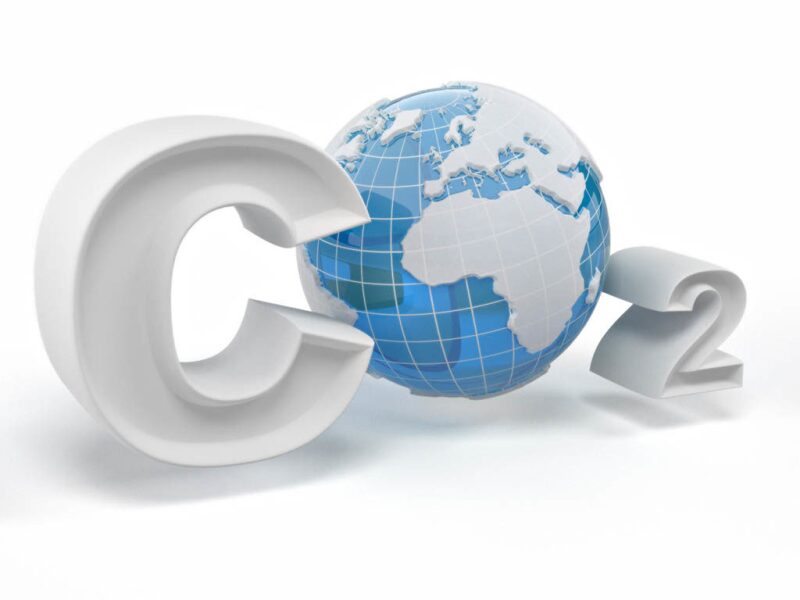Has your company or organization invested in carbon offsets? Carbon offsets are proving an important tool for companies that want to reduce the effect of their carbon footprint. An offset is achieved through the funding of a “green project” that reduces emissions of carbon dioxide or other greenhouse gases (e.g., nitrous oxide, methane) in the earth’s atmosphere in order to compensate for or diminish the effect of emissions made through other projects.
T

he end goal of carbon offsets is to achieve an overall reduction in carbon emissions over time, supporting the move to a lower carbon economy, through the funding of a significant number of green projects. A certificate is provided representing the reduction of one metric ton (2,205 lbm) of greenhouse gas emissions.
Sustainability Benefits for Global Organizations
Carbon offsets can achieve far more than simply reducing a company’s carbon footprint. They can greatly enhance the sustainability story of global companies, especially those in industries known to produce a high level of emissions (e.g., oil and gas, chemicals, pharmaceuticals, metals, and mining). Sustainability goals vary from company to company and industry to industry. The Clean Development Mechanism, defined by the Kyoto protocol, identifies more than 200 types of projects eligible for carbon offsets. Projects are grouped into five categories: renewable energy, methane abatement, energy efficiency, reforestation, and fuel switching.
Central to improving a company’s sustainability story is the need to carefully choose which emission reduction projects best reflect a company’s overall mission, values, and vision. Realize too that offset projects undertaken by companies often result in additional community benefits such as improved air and water quality or a better overall quality of life. These cobenefits should be carefully considered when choosing a carbon offset project.

